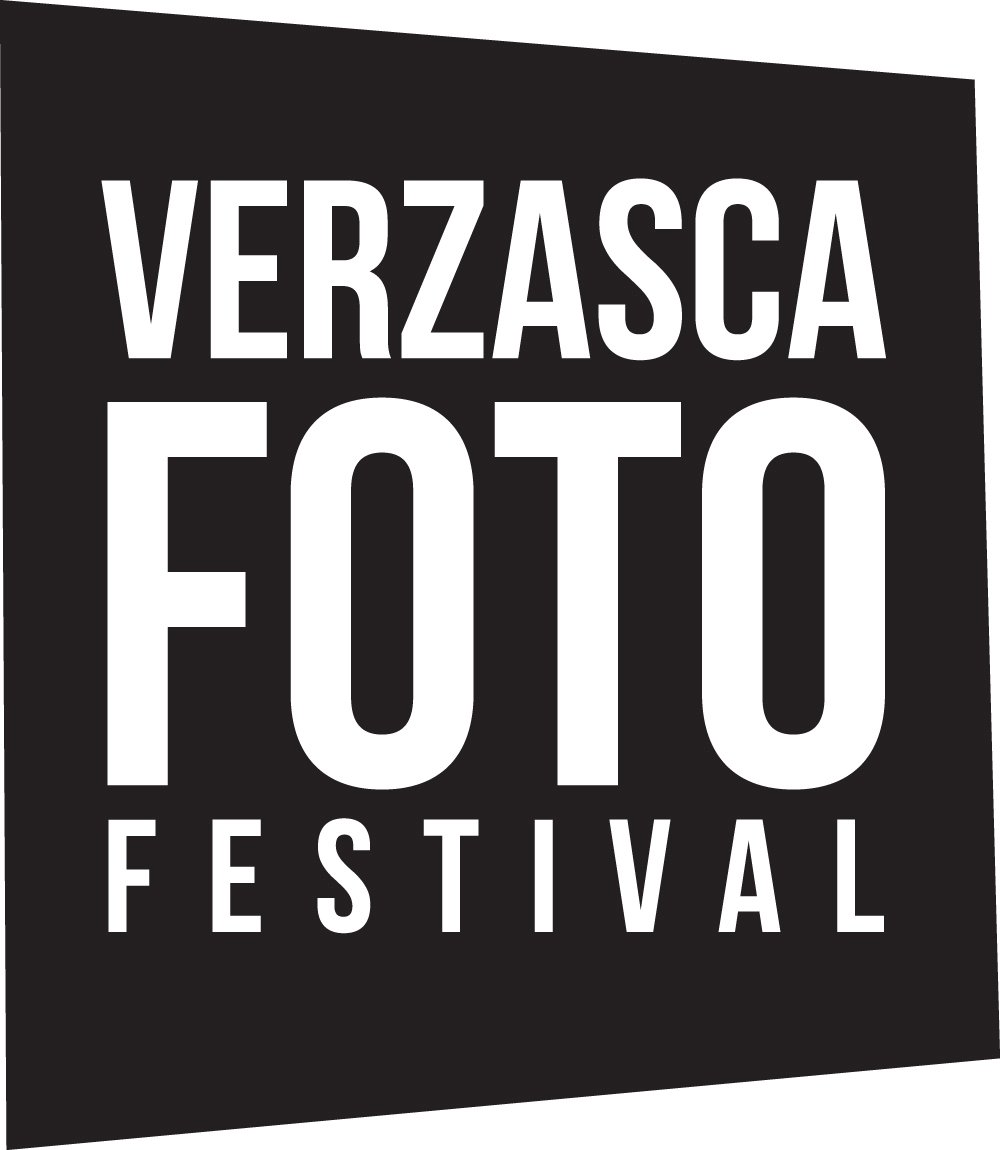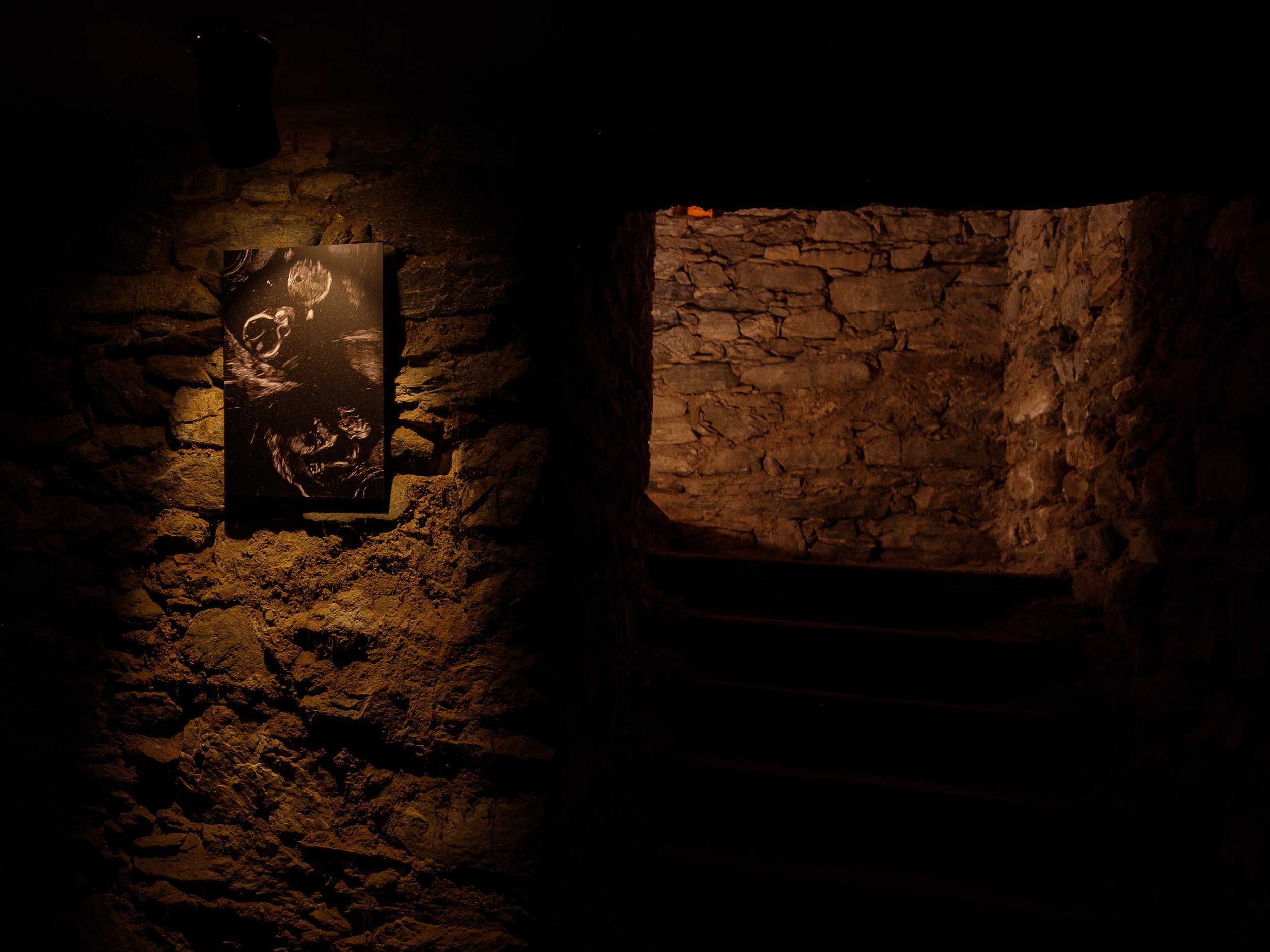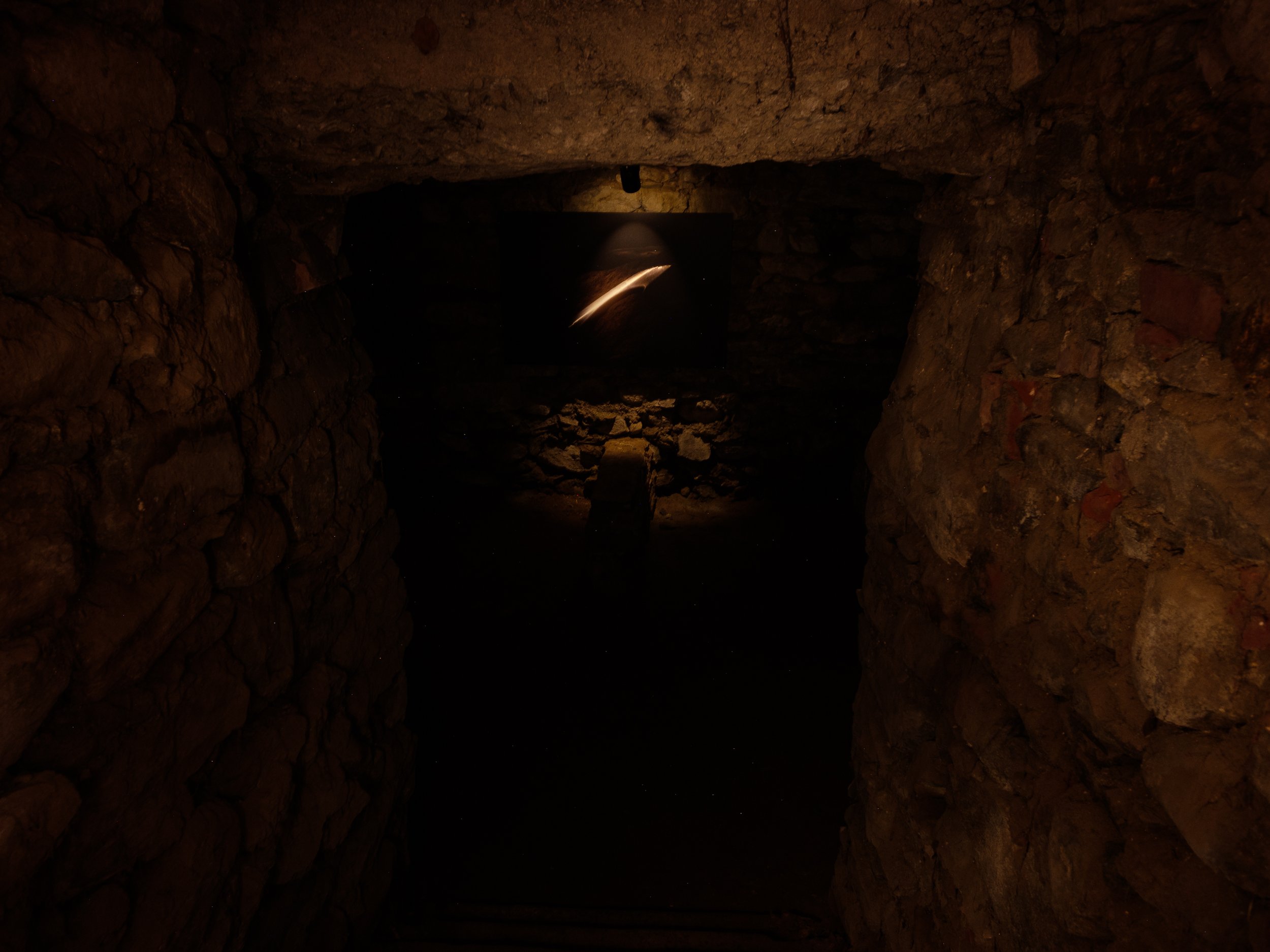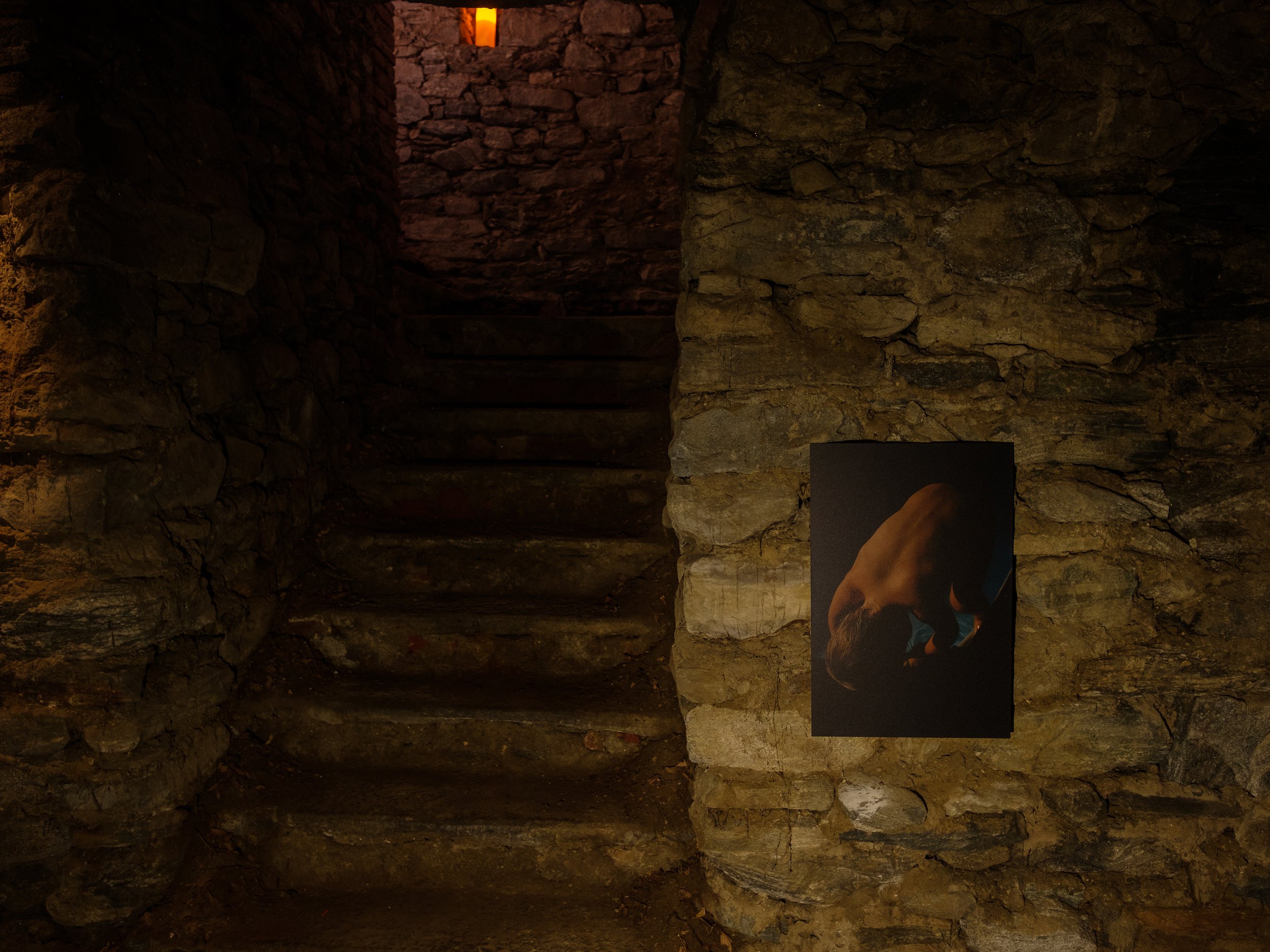Victor Zea (Peru)
Amalgama (Summer 2022)
Exhibition at Casa della Fotografia, Gordola
Project in collaboration with SMArt (Sustainable Mountain Art)
Victor Zea was born in the coastal city of Lima. From a very young age, he observed the ocean, but most of all he wanted to get closer to the mountains that emerged from the water, on continents that separated us and then unite us again. When he decided to dedicate himself to observing light and creating images with it, he moved to Cusco where he still lives. In the mountains, he feels closer to the sun and through it, he finds the link with his ancestors and the culture where his father comes from, who passed on to him his passion for photography and music.
Victor's photographic approach is based on direct experience with the elements, a connection with the energies of the earth that he wants to feel before merging with other people's stories.
The Q'eros direct descendants of the Incas tell us that to come into contact with a new mountain, one should bow down and kiss its soil or homage it with an offering. Victor does this on arriving in the Verzasca Valley. From the first day, he tries to understand the place, the energy it transmits, the taste of its spring waters. Sitting around a granite table in the house in the village of Frasco, where he will reside for three months, I watch him as he pours the first drops on the ground of a bottle of juice that we share, in homage to Pachamama, the Mother Earth.
One summer night, he hears music coming from the woods, approaches and encounters a gigantic totem, a tower of loudspeakers. Around it, young people of different origins dance and communicate in a kind of ritual, like underground roots carrying water to the trunks.
He feels that these contemporary expressions of young people organizing sound-systems in the woods, emitting sounds from the four corners of the world, are also part of a ritual with archaic origins. This is where he will have his first encounters in Verzasca, which will then lead him to the paths of new experiences in the following months.
He thus gets to know different generations of women and men who decide to migrate to the mountains. People who move not always out of the need to flee a war or for economic choices, but rather in search of a lifestyle more in contact with nature to achieve their own inner balance. The mountain eventually becomes synonymous with a path to one's own healing.
As a disciple of the sons of the Sun, Victor furthermore approaches points that since ancient times and even before the arrival of Christianity have been considered energetic places. Among the earth and stones he installs small cameras that will record the movement of the sun between the mountains during his stay.
Victor understands that as with his genealogical history, created by the amalgamation of families from the old continent with families from the new world, the small alpine territory of Canton Ticino has for millennia been a place of transit and union of cultures. Cultures that in the past and present have sometimes been in conflict but which today shape our identity, allowing us to evolve when we are able to open ourselves up to the beauty of its diversity and complexity.
When we meet someone in the mountains, we greet them and often afterwards stop for a moment to contemplate the peaks together, exchanging feelings and experiences. The greeting “saludar/salutare/salute” in this case regains the intrinsic value of the term: to wish health.
In Victor's project, everyone is amalgamated with the elements of nature. The stage in the valleys of the Ticino is part of a personal journey consistently linked to what he has been able to learn in the mountains of his places of origin. Here he finds confirmation of the teachings of the Q'ero who remind us that: "we are different expressions of the same unity".
Alfio Tommasini, Valle Verzasca 2022
Victor Zea nasce nella città costiera di Lima, da giovanissimo osserva l'oceano ma più di tutto desidera avvicinarsi alle montagne emerse dall'acqua, in continenti che ci hanno separato per poi di nuovo unirci. Quando decide di dedicarsi ad osservare la luce e creare immagini con essa, si sposta a Cusco dove vive tutt'ora. In montagna si sente più vicino al sole e attraverso esso, trova il legame con i suoi suoi antenati e la cultura da dove proviene suo padre, che gli ha trasmesso la passione per la fotografia e la musica.
Victor ha un approccio fotografico che si basa sull'esperienza diretta con gli elementi, una connessione con le energie della terra che lui stesso vuole sentire prima di fondersi con le storie di altre persone. I Q'eros discendenti diretti degli Incas ci dicono che per entrare a contatto con una nuova montagna bisogna inchinarsi e baciarne la terra oppure omaggiarla con un'offerta. Victor agisce così arrivando in Valle Verzasca. Dal primo giorno cerca di capire il luogo, l'energia che trasmette, il sapore delle sue acque sorgive. Seduti intorno ad un tavolo di granito nella casa del villaggio di Frasco, dove risiederà per tre mesi, lo osservo mentre versa al suolo le prime gocce di una bottiglia di succo che condividiamo, in omaggio alla Pachamama, la Madre Terra.
Una notte d'estate sente una musica proveniente dal bosco, si avvicina e incontra un gigantesco totem, una torre di altoparlanti. Intorno ad esso giovani di origini differenti che in una sorta di rituale ballano e comunicano, come le radici sotterranee che trasportano acqua verso i tronchi.
Sente che anche queste espressioni contemporanee dei giovani che organizzano sound-systems nei boschi, emettendo suoni provenienti dai quattro angoli del mondo, fanno parte di un rituale con origini arcaiche. Qui avrà i suoi primi incontri in Verzasca e che lo condurranno poi ai sentieri verso le nuove esperienze che avrà nei mesi seguenti.
Conosce così differenti generazioni di donne e uomini che decidono di migrare in montagna. Persone che si spostano non sempre per necessità di fuggire ad una guerra o per scelte economiche, ma bensì alla ricerca di uno stile di vita maggiormente a contatto con la natura per giungere ad un proprio equilibrio interiore. La montagna diventa infine sinonimo di un cammino verso la propria guarigione.
Discepolo dei figli del sole, Victor si avvicina inoltre a dei punti che da tempi remoti e ancora prima dell'arrivo del cristianesimo sono considerati luoghi energetici. Tra terra e sassi installa delle piccole fotocamere che durante i suoi giorni di permanenza registreranno il movimento del sole tra le montagne.
Victor capisce che come per la sua storia genealogica, creata dall'amalgama di famiglie del vecchio continente con famiglie del nuovo mondo, anche il piccolo territorio alpino del Cantone Ticino, è da millenni un luogo di transito e di unione di culture. Culture che nel passato e nel presente sono state a volte in conflitto ma che che oggi plasmano la nostra identità, permettendoci di evolvere quando siamo capaci di aprirci alla bellezza delle sue diversità e complessità.
Quando incontriamo qualcuno in montagna, lo salutiamo e spesso in seguito ci fermiamo per un attimo a contemplare le cime insieme, scambiando sensazioni ed esperienze. Il saluto in questo caso riacquista il valore intrinseco del termine, augurare salute.
Nel progetto di Victor tutti si amalgamano con gli elementi della natura. La tappa nelle valli del Ticino fa parte di un cammino personale coerentemente legato a ciò che ha potuto imparare nelle montagne dei suoi luoghi d'origine. Qui ritrova conferma degli insegnamenti dei Q'ero che ci ricordano che: “siamo espressioni differenti di una stessa unità”.
Alfio Tommasini, Valle Verzasca 2022
Victor Zea
Victor Zea lives and works in Cusco, Peru. His work is focused on the themes around identity, roots and territory. He finds that it is very important to understand and be fully aware of our origins. His latest project works on the idea of how the ancient and the modern coexist and reinterpret each other in search of identity and cultural resistance.
During his three-months residency in Verzasca (Ticino), Victor Zea met different generations of women and men who decide to migrate to the mountains – people looking for a lifestyle more in touchwith nature to achieve their own inner balance. He has also been interested in places considered as high-energy locations and has installed small cameras that will record the movement of the sun between the mountains during his stay.
Project in collaboration with SMArt (Sustainable Mountain Art)
http://sustainablemountainart.ch











